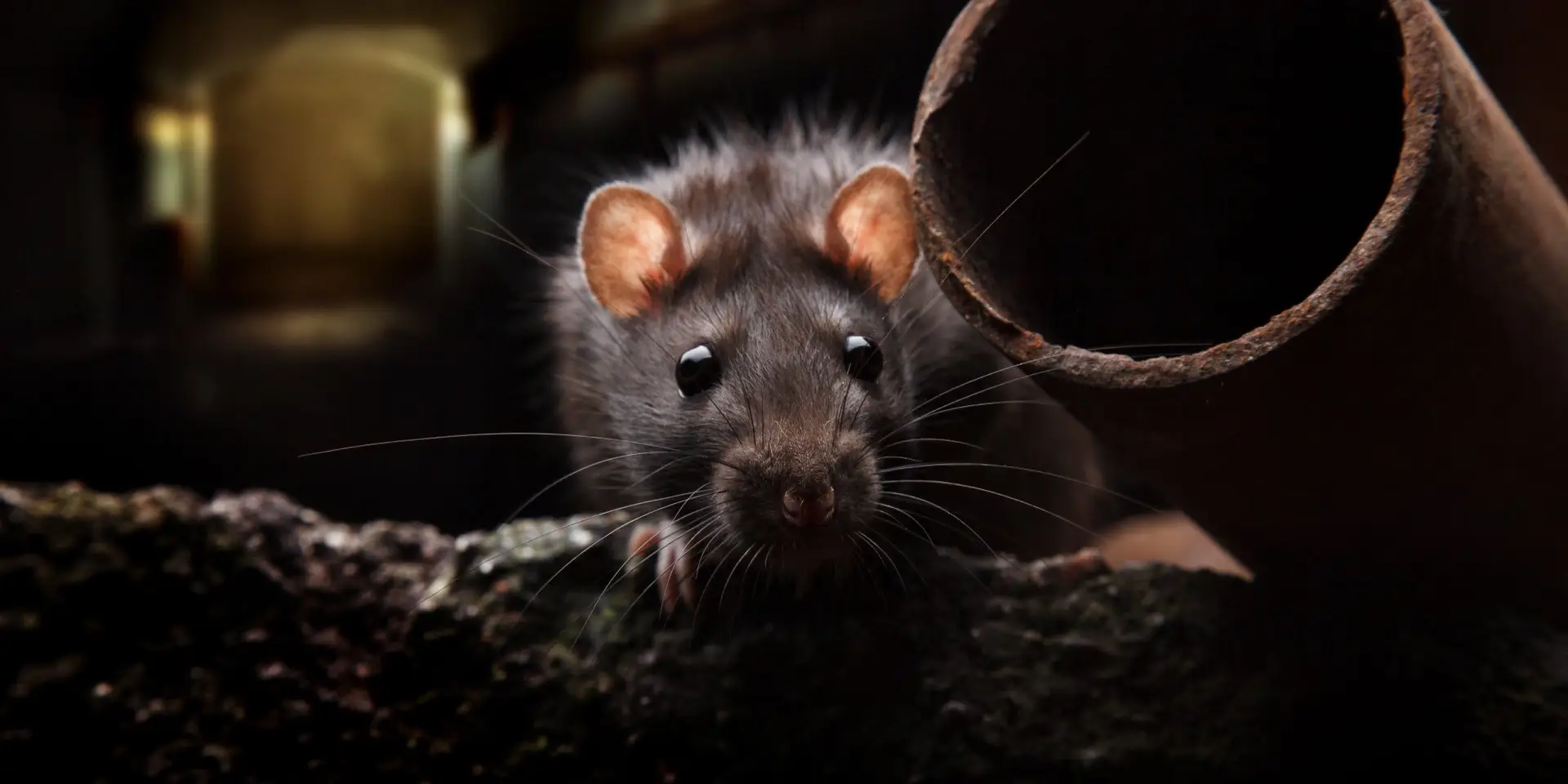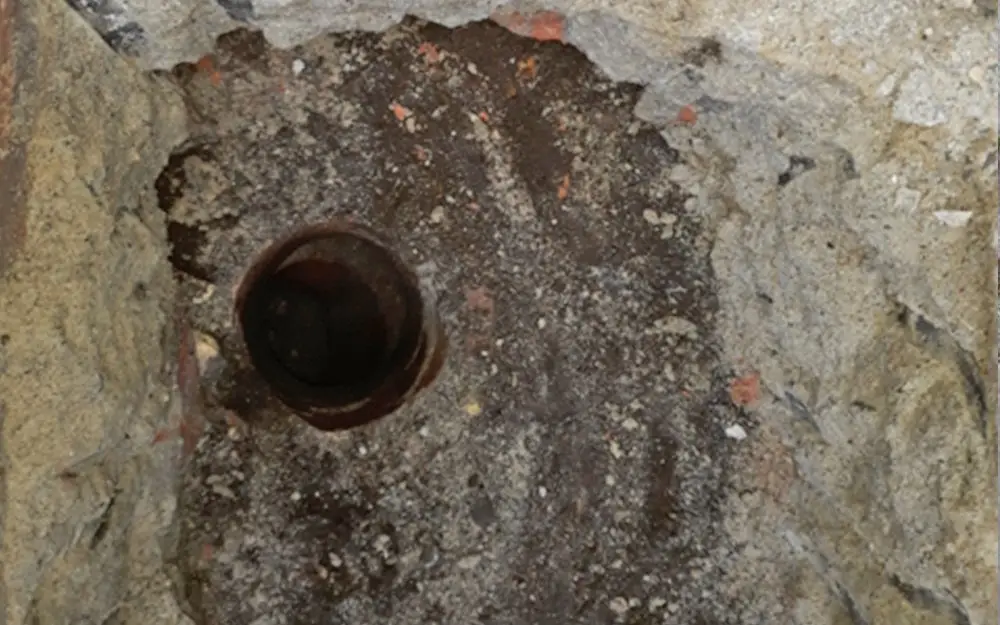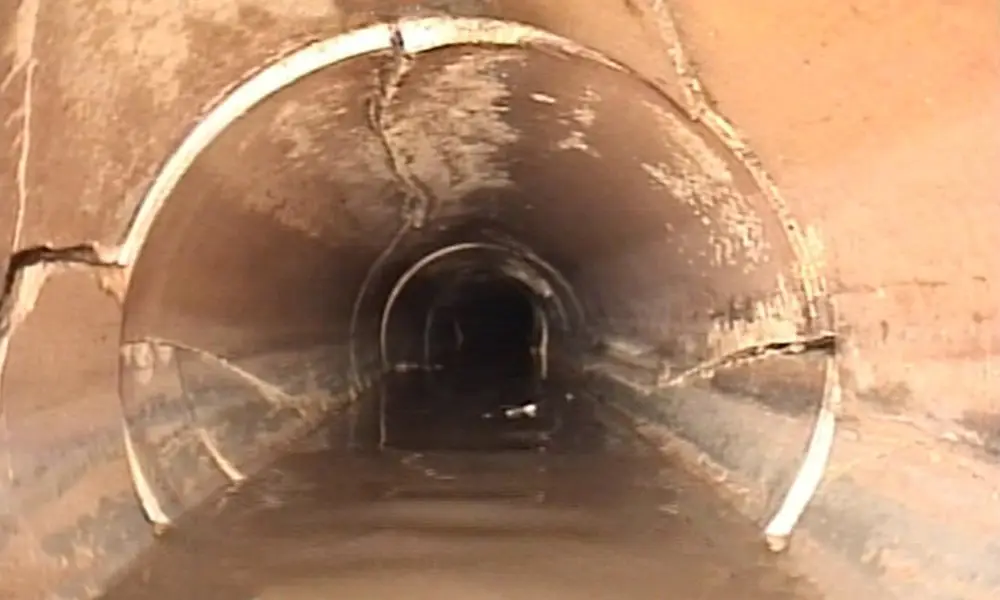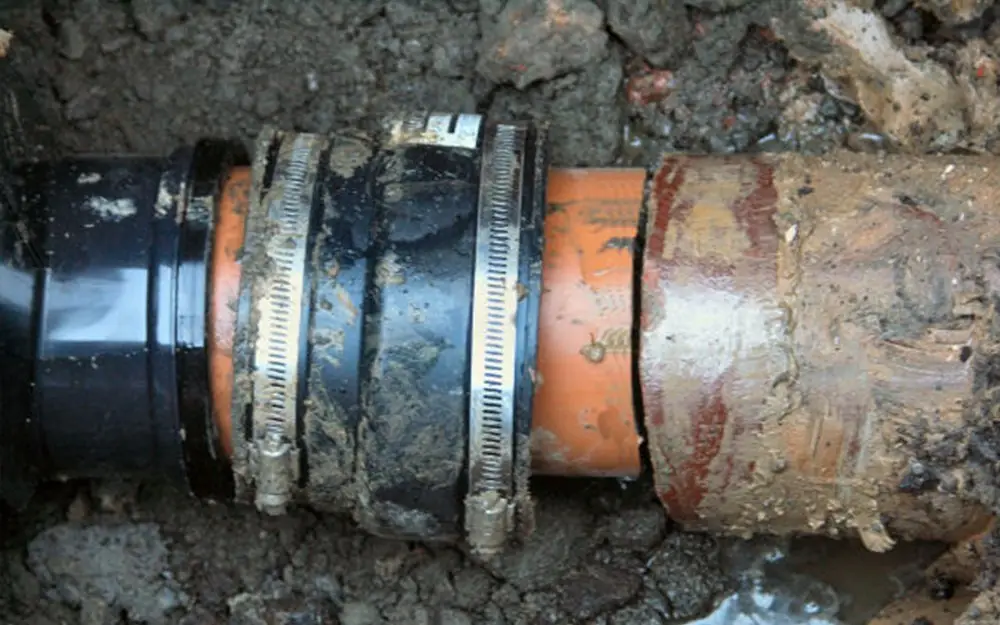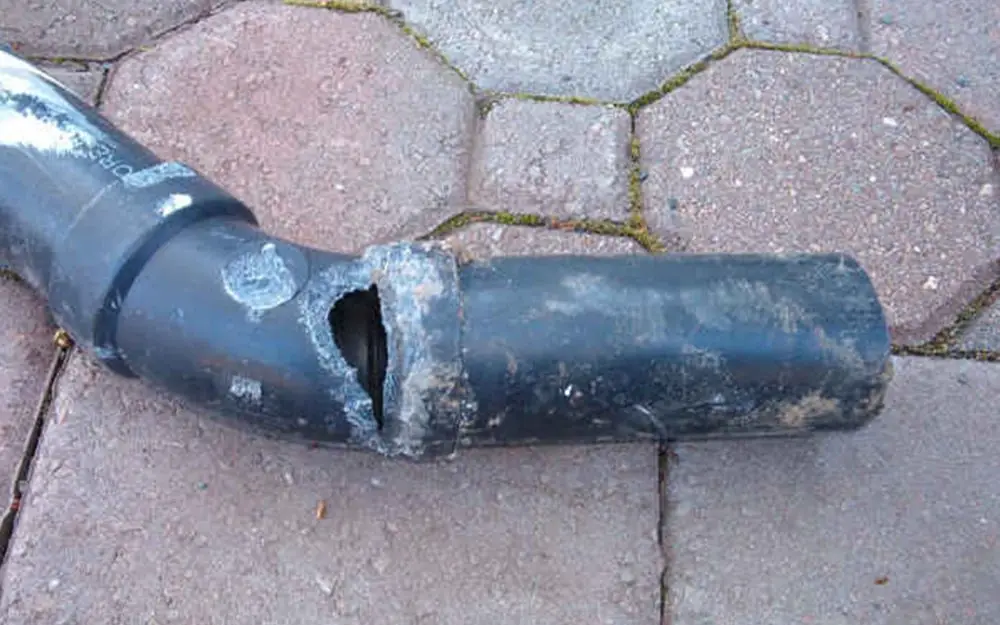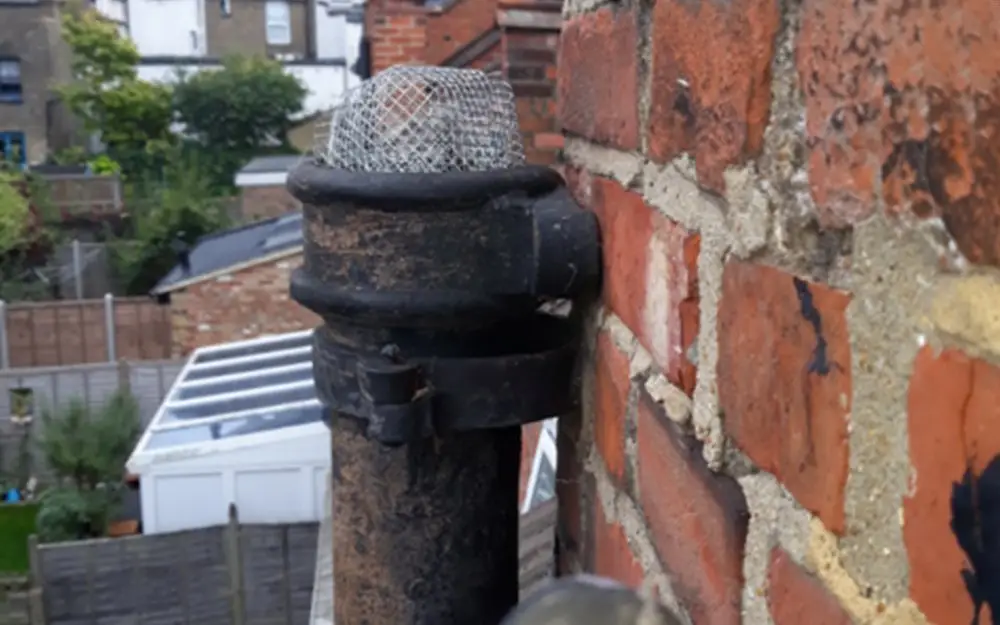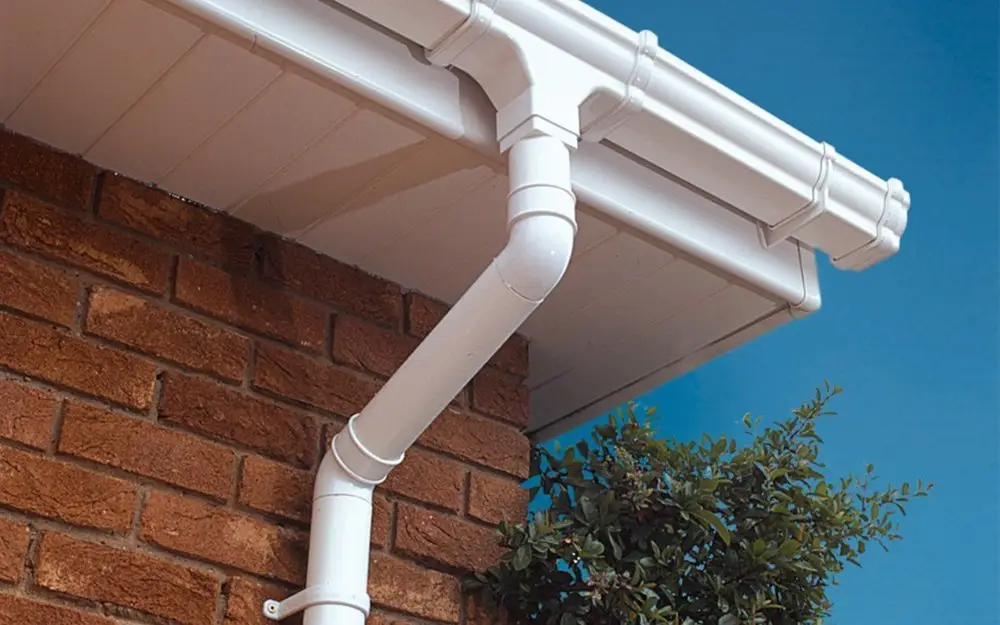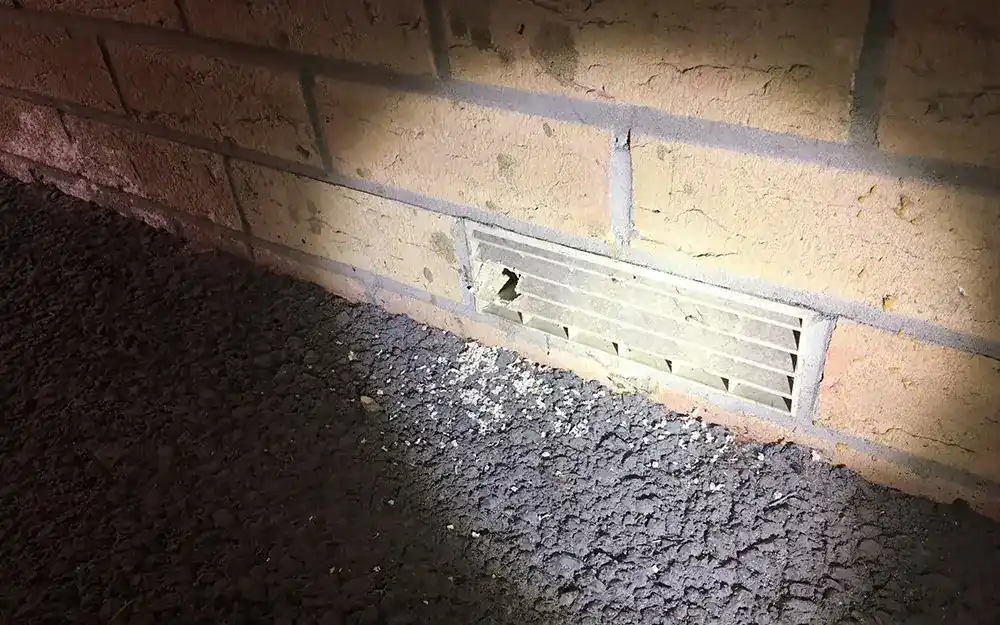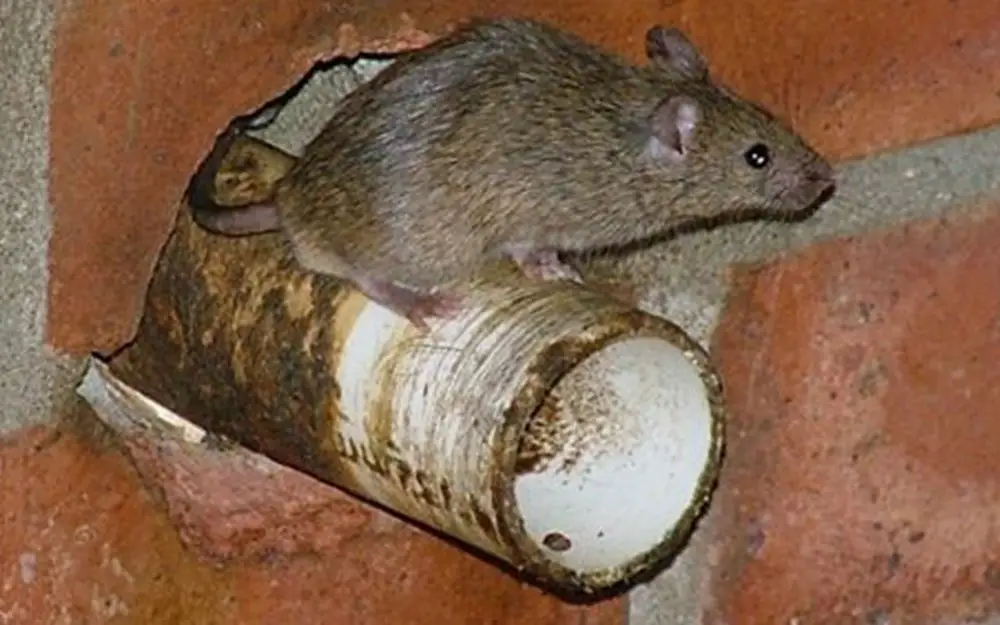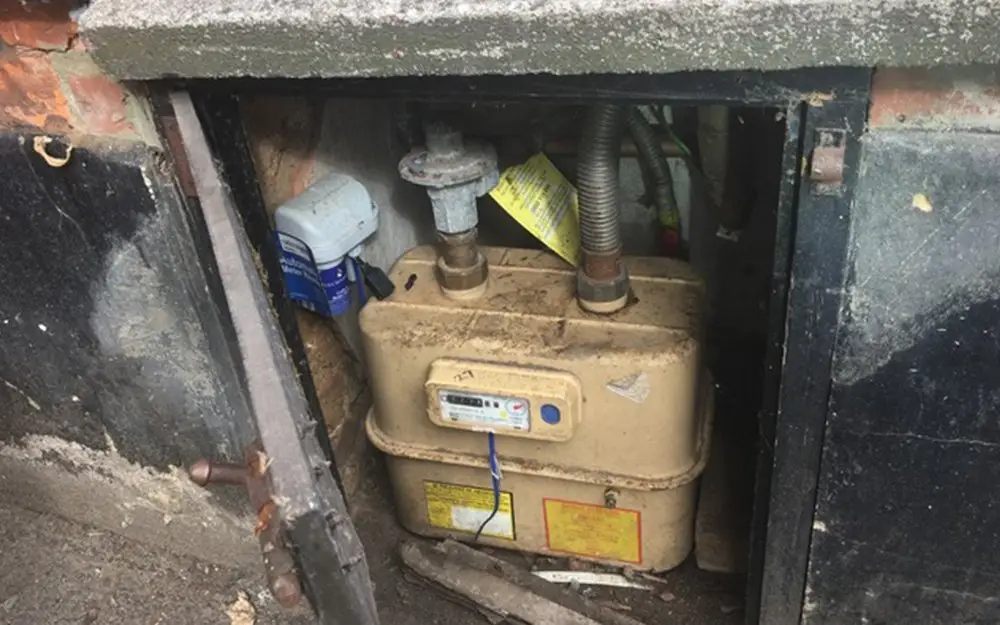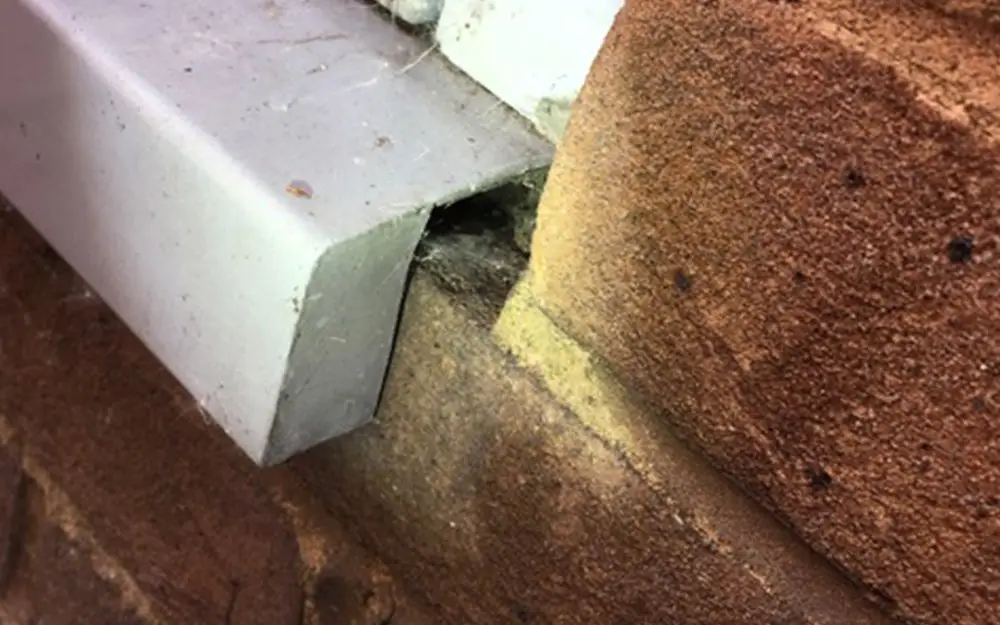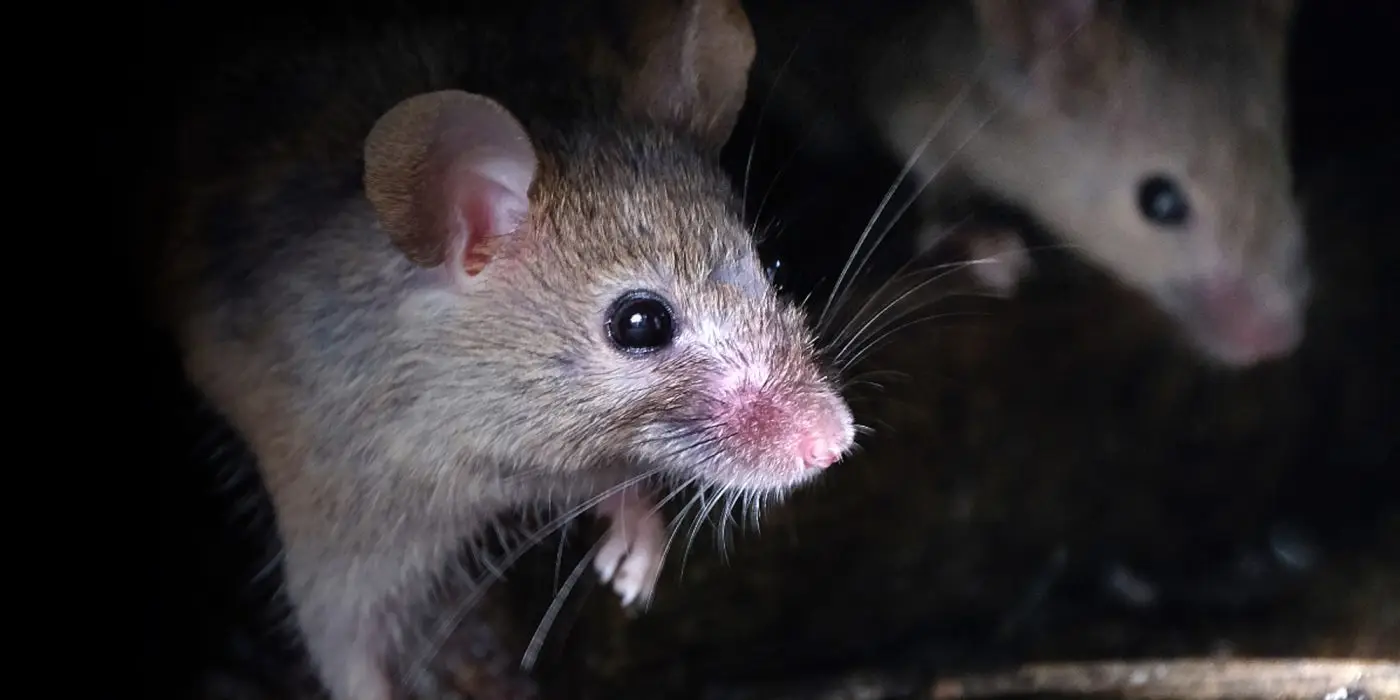The Rats NUMBER 1 ROUTE:
Via the drains
Houses are warm and dry and sewers are full of food, ideal for rats
Rats are in the sewers and the rat population likes to nest and rest within houses
The bit that connects houses to sewers are the drains – and this is where the vast majority of the rat entry into houses arise.
Most rat in house scenarios arise from the following:
Rats get into a house via an uncapped inlet
Rats can get into your house when something like a downstairs toilet, stack pipe or gulley is moved but the associated pipework underground is left uncapped. Although the pipework is now redundant, it’s still connected to a sewer and therefore rats can travel up it and use the uncapped enter to transfer across to the building fabric.
Rats get into a house via cracked clay pipe
Rats get into a house via plastic to
clay pipe joins
Rats get into a house through chewed plastic pipes
Rats get into a house via soil vent pipes
Rats enter a house via guttering downpipes
THE RATS NUMBER 2 ROUTE:
Surface rat activity entering an above ground defect
Surface rat activity can develop where food is available through bird tables, dog and cat food left outside, compost heaps, uncontained refuse etc.
If an opportunity presents itself for rats to get into a house the rats will enter for the same reasons sewer rats do – it’s drier and warmer than outside
Most common rats in house scenarios are as follows:
Rats enter a house via damaged or missing air bricks
Rats get into a house via pipe passage points
Rats enter a house via gas or electrical intake points
Rats get into a house under rear or side door thresholds
the rats NUMBER 3 ROUTE:
Via a neighbouring property
Most houses will be within a terraced row or block of flats – semi-detached at best.
Depending on the construction of the building, sometimes rats can travel across from one building to another via wall cavities and roof voids or via shared service ducts for blocks of flats.
This is typically a consideration with terraced and semi-detached houses built from 1930 onwards as that’s when cavity walls began to become mainstream and roof voids simply had an internal firebreak rather than a continuation of the party wall through the roofline as with Victorian and Edwardian buildings. This provides a very convenient route for rats to get into your house.


